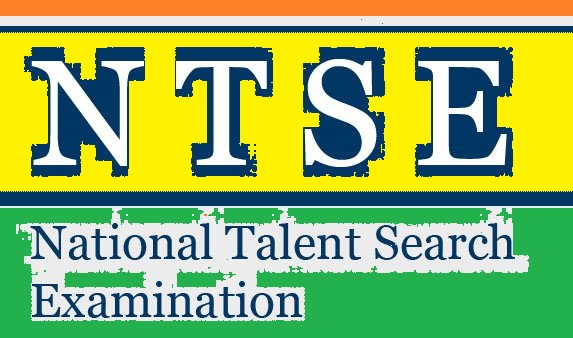NTSE SAT Sample Question Paper-10 (Social Science)
Q1: Who is the composer of National Anthem of India?
(a) Bankim Chandra Chatterji
(b) Sharat Chandra Chattopadhyay
(c) Rabindranath Tagore
(d) Ishwar Chandra Vidyasagar
Q2: The International Labour Organisation is headquartered at
(a) Washington.
(b) Paris.
(c) Geneva.
(d) Rome.
Q3: Bush at War is a book authored by
(a) Mary N. Weaver.
(b) John Grisham.
(c) Jeffrey Archer.
(d) Bob Woodward.
Q4: The leading silk producing state in India is
(a) Karnataka.
(b) West Bengal.
(c) Madhya Pradesh.
(d) Himachal Pradesh.
Q5: ‘Kaizen’ means
(a) restructuring the processes.
(b) error-free production.
(c) continuous improvement in work process.
(d) weakening the weaknesses by strengthening the strengths.
Q6: World Population Day is observed on which of the following dates?
(a) May 1
(b) May 11
(c) July 1
(d) July 11
Q7: Which of the following correctly describes the three types of justice referred to in the Preamble?
(a) Economic, social and religious
(b) Political, economic and religious
(c) Social, economic and political
(d) Social, religious and political
Q8: SAARC is headquartered at
(a) Jakarta
(b) Bangkok
(c) Kuala Lampur
(d) Kathmandu
Q9: Which among the following countries does not have veto power in the UN Security Council?
(a) France
(b) England
(c) Germany
(d) Russia
Q10: Where is the headquarters of Organisation of Petroleum Exporting Countries (OPEC) situated?
(a) Vienna
(b) New York
(c) Abu Dhabi
(d) Kuwait City
Q11: Uber Cup is associated with which of the following games.
(a) Hockey
(b) Football
(c) Table Tennis
(d) Badminton
Q12: Who is regarded as ‘The Father of Economics’?
(a) J. M. Keynes
(b) J. K. Galbraith
(c) Vernon Smith
(d) Adam Smith
Q13: The first person to walk in space is ___.
(a) Neil Armstrong
(b) A. A. Leonov
(c) Yuri Gagarin
(d) Edwin Aldrin
Q14: The number of members nominated by the President in the Rajya Sabha is ___.
(a) two
(b) eight
(c) ten
(d) twelve
Q15: Which constitutional amendment is called the ‘Mini Constitution’?
(a) 42nd Amendment
(b) 43rd Amendment
(c) 44th Amendment
(d) 45th Amendment
Answer:
1: (c) Rabindranath Tagore
2: (c) Geneva
3: (d) Bob Woodward
4: (a) Karnataka.
5: (c) continuous improvement in work process.
6: (d) July 11
7: (c) Social, economic and political
8: (d) Kathmandu
9: (c) Germany
10: (a) Vienna
11: (d) Badminton
12: (d) Adam Smith
13: (c) Yuri Gagarin
14: (d) twelve
15: (a) 42nd Amendment

